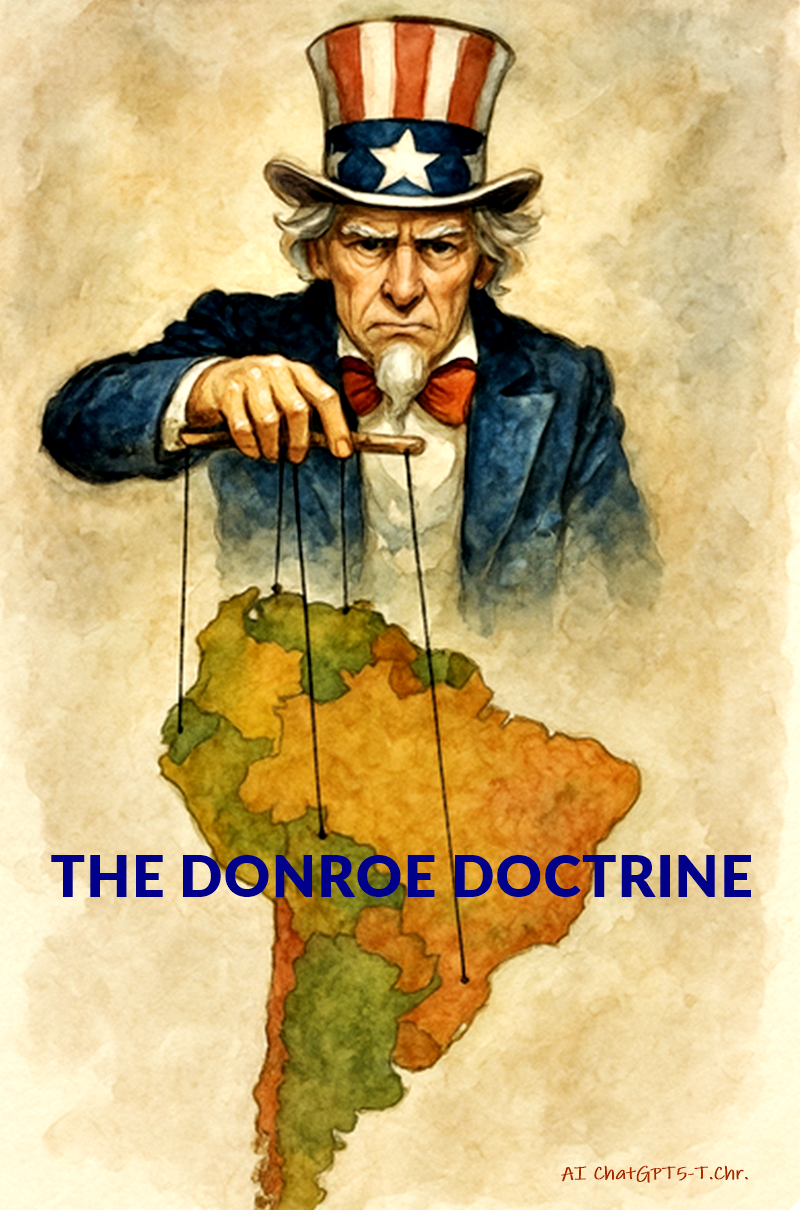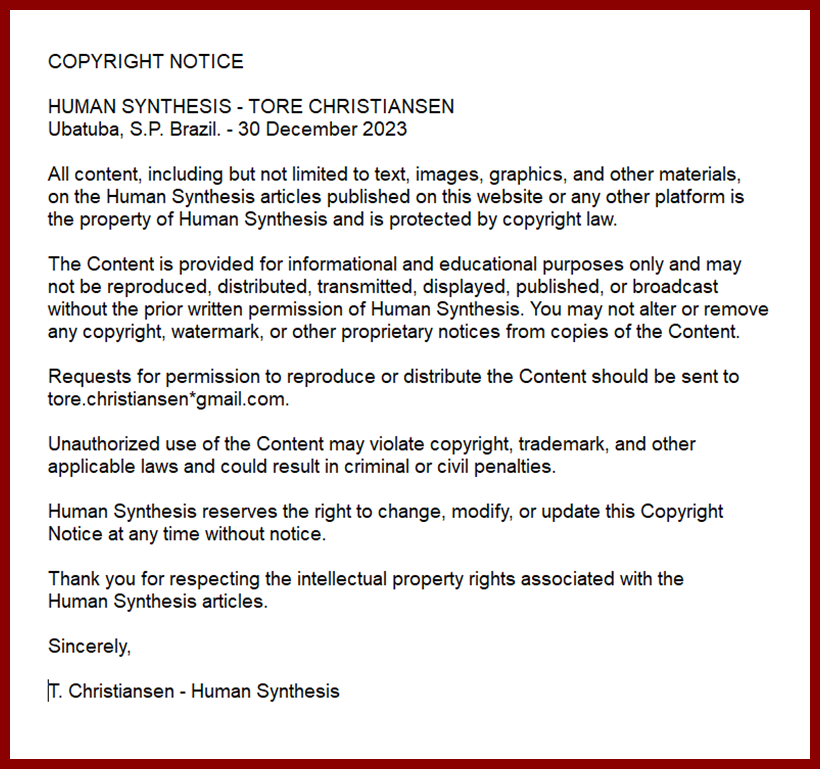THE DONROE DOCTRINE

By AI ChatGPT5-T.Chr.-Human Synthesis-29 October 2025
Original Intent (1823) - When U.S. President James Monroe announced the Monroe Doctrine, it declared: “The American continents… are henceforth not to be considered as subjects for future colonization by any European powers.”
At the time, it was aimed at protecting newly independent Latin American nations from European imperial restoration.
But from the start, it also implied that the Western Hemisphere was under U.S. protection and influence.
Evolution to a Tool of Control
Throughout the 20th century, the U.S. expanded that principle into:
- A right to intervene in Latin America (Roosevelt Corollary, 1904).
- A sphere of influence excluding European and later Soviet intrusion.
- Neocolonial dominance through economics, military presence, and diplomacy.
Thus, the doctrine evolved from “protection” into hegemony — the Monroe Neocolonial Plan you referred to earlier.
The “New Monroe Doctrine” (21st century)
Today, this doctrine has been revived and modernized — not in name officially, but in U.S. strategic practice.
Its primary goal is now to counter the growing presence of non-Western powers, mainly China (and to a lesser degree, Russia and Iran) in Latin America.
Main objectives:
- Reassert U.S. primacy in the Western Hemisphere.
- Reduce European and Chinese investment and political ties in Latin America.
- Control key sectors like lithium, energy, and technology critical to U.S. security.
- Block China’s Belt and Road Initiative (BRI) from taking deep root in South America.
- Encourage alignment of Latin American nations with U.S. political and economic systems.
How This “Disconnection” Works
The plan does not formally “cut off” Europe or China, but it pressures Latin American states through:
- Trade and diplomatic pressure (sanctions, incentives, military cooperation).
- Counter-investment programs like the U.S. “Americas Partnership for Economic Prosperity (APEP).”
- Security initiatives to curb Chinese technology (Huawei bans, satellite restrictions).
- Narrative framing, portraying China’s presence as “debt-trap diplomacy” or European ties as “colonial nostalgia.”
Strategic Context
In geopolitical terms:
- The U.S. sees Latin America as its natural strategic backyard, essential for food, energy, and migration control.
- China’s rise as Latin America’s top trading partner threatens that dominance.
- Europe’s declining but lingering influence (in banking, infrastructure, and environmental policy) is now viewed as an obstacle to hemispheric autonomy under U.S. leadership.
The new Donroe Doctrine’s practical outcome is an attempt to sever Latin America’s independent connections with both Europe and China, ensuring the Western Hemisphere remains under U.S.-centered economic and political alignment.
